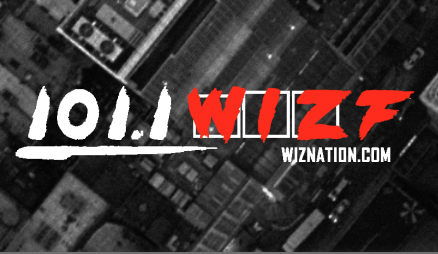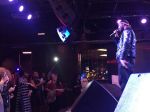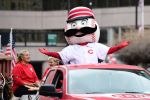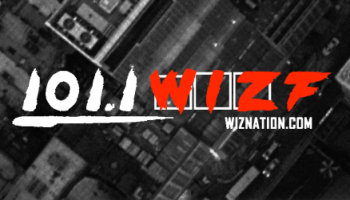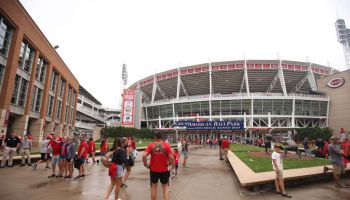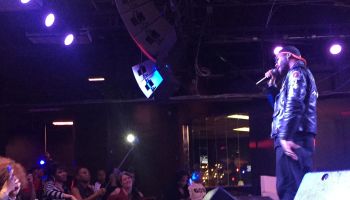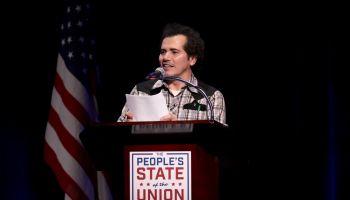Did you know that a man named Clive Campbell who was born in 1955 in Kingston, Jamaica is The Father of Hip Hop?
Why don’t you?
Kool Herc emigrated to the Bronx in 1967 when he was 12 years old. While attending Alfred E. Smith High School he spent a lot of time in the weight room. That fact coupled with his height spurned the other kids to call him Hercules.
His first deejay gig was as his sister’s birthday party. It was the start of an industry.
1520 Sedgwick Avenue. The address of Herc’s family and the location of the recreation room where he would throw many of his first parties as the DJ.
Herc became aware that although he new which records would keep the crowd moving, he was more interested in the break section of the song. At this point in a song, the vocals would stop and the beat would just ride for short period. His desire to capture this moment for a longer period of time would be a very important one for hip hop.
Herc would purchase two copies of the same record and play them on separate turntables next to each other. He would play the break beat on one record then throw it over to the other turntable and play the same part. Doing this over and over, he could rock any house in NY. (Not to mention it being an early form of looping that would be made easier through electronic sampling.)
He would dig in crates and look everywhere to find the perfect break beat for his parties. He didn’t care what type of music, because he only needed a small section of a song for his purposes.
His first professional DJ job was at the Twilight Zone in 1973. He wanted to get into another place called the Hevalo, but wasn’t allowed…yet.
His fame grew. In addition to his break beats, Herc also became known as the man with the loudest system around.
Finally his fame peaked and at last, in 1975, he began working at the Hevalo in the Bronx. He helped coin the phrase b-boy (break boy) and was recently quoted as saying he was “the oldest living b-boy.”
As competing DJ’s looked to cut in on the action, Herc would soak the labels off his records so no one could steal his beats.
In 1977, Herc’s career began to fall. The rise of Grandmaster Flash and Furious Five, and Bambaataa’s various crews with their polished emcee styles put Herc at a disadvantage. One night he was stabbed three times at his own party and his career never fully recovered.
Kool Herc appeared in Hollywood’s motion picture take on hip hop, Beat Street (Orion, 1984), as himself. Some time in the mid-1980s, his father died, and he became addicted to crack cocaine. “I couldn’t cope, so I started medicating”, he says of this period. In 1994 he appeared on Terminator X & the Godfathers of Threatt’s album, Super Bad. In 2005, he wrote the foreword to Jeff Chang’s book on hip hop, Can’t Stop Won’t Stop. In 2006, he became involved in getting Hip Hop commemorated at Smithsonian Institution museums.
Since 2007 he has become involved in a campaign to prevent 1520 Sedgwick Avenue being sold to developers and moved out of its Mitchell-Lama affordable housing scheme. In the Summer of 2007, New York state officials declared 1520 Sedgwick Avenue the “birthplace of hip-hop”, and made it eligible for national and state registers. The city’s Department of Housing Preservation and Development ruled against the proposed sale in February 2008, on the grounds that “the proposed purchase price is inconsistent with the use of property as a Mitchell-Lama affordable housing development”. It is the first time they have so ruled in such a case.
Kool Herc lives on…
Credits: YouTube, Wikipedia, oldschoolhiphop.com, Google.com
